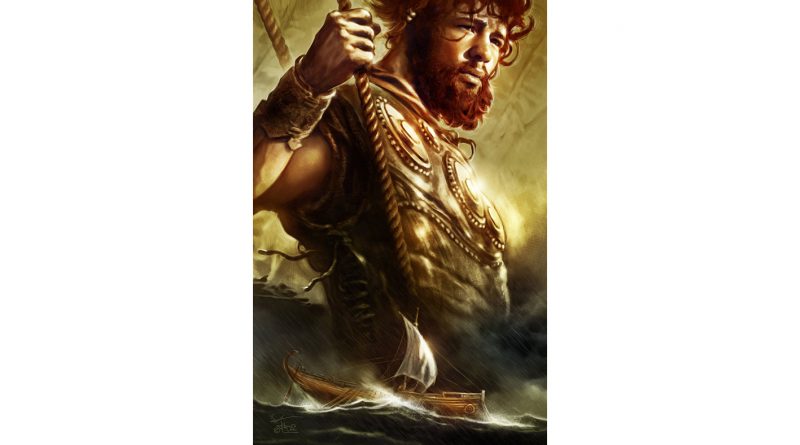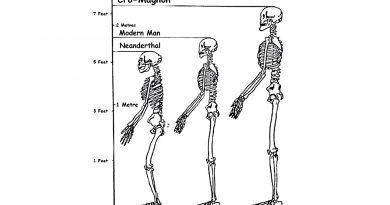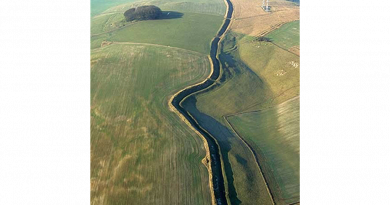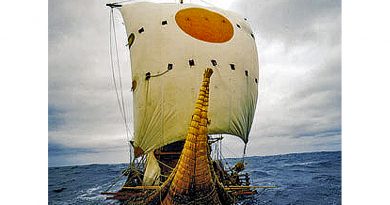Was Troy located in Turkey – if so, why did it take Odysseus ten years to travel just 350 miles home?
“The very ink with which history is written is merely fluid prejudices” – Mark Twain
Where Troy Once Stood (Troy – Debunked) is a book by Iman Wilkens that argues that the city of Troy was located in England, and the Trojan War was fought between groups of Celts. The standard view is that Troy is located near the Dardanelles in Turkey. Wilkens claims that Homer’s Iliad and Odyssey, though products of ancient Greek culture, is originally orally transmitted epic poems from Western Europe. Wilkens disagrees with conventional ideas about the Iliad’s historicity and the location and participants of the Trojan War.
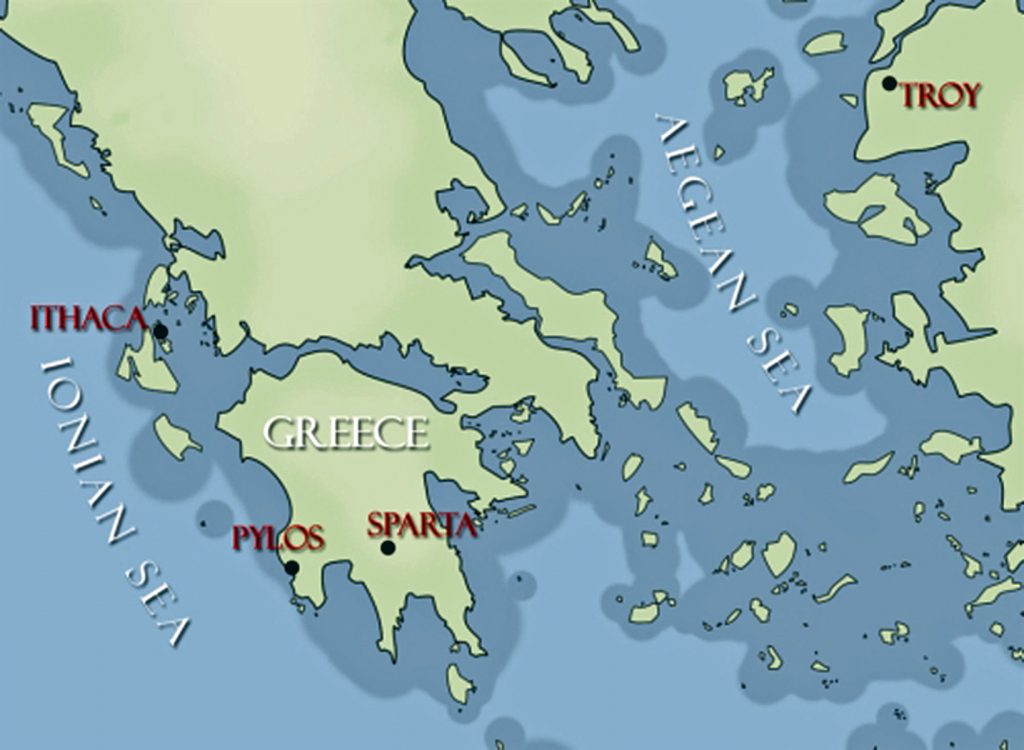
Copies of his book ranked high on Book finder’s list of most wanted out of print books until 2005 when the latest revised edition was published. His work has had little impact among professional scholars. Anthony Snodgrass, Emeritus Professor in Classical Archaeology at Cambridge University, has named Wilkens an ‘infinitely less serious writer.
What evidence does Wilkens use to prove that Troy was in Northern Europe?
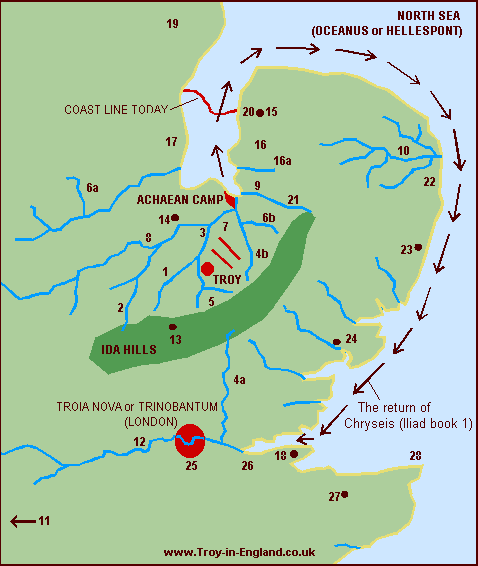
Wilkens argues that Troy was located in England on the Gog Magog Downs in Cambridgeshire. He believes that Celts living there were attacked around 1200 BCE by fellow Celts from the continent to battle over access to the tin mines in Cornwall as tin was an essential component for bronze production.
Wilkens writes that there are similarities between the river names in the Iliad and in present-day England: “Homer names no less than fourteen rivers in the region of Troy.” The rivers Thames, Cam, Great Ouse and Little Ouse, to name a few, can respectively be identified as Temese, Scamander, Simois and Satniois, according to Wilkens. The revised edition of 2005 contains a ‘reconstruction’ of the Trojan battlefield in Cambridgeshire.
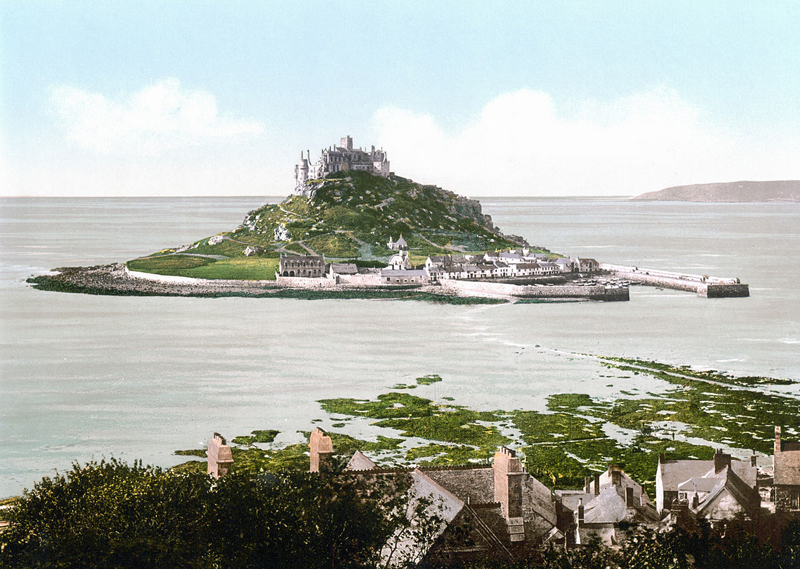
Wilkens further hypothesises that the Sea Peoples found in the Late Bronze Age Mediterranean were Celts, who settled in Greece and the Aegean Islands as the Achaeans and Pelasgians. They named new cities after the places they had come from (similar to the migration of many place names to North America) and brought the oral poems that formed the Iliad and the Odyssey with them from Western Europe. Wilkens writes that, after being orally transmitted for about four centuries, the lyrics were translated and written down in Greek around 750 BCE.
The Greeks, who had forgotten about the origins of the poems, located the Mediterranean’s stories, where many Homeric place names could be found, but the poems’ descriptions of towns, islands, sailing directions and distances were not altered to fit the reality of the Greek setting. He also writes, “It also appears that Homer’s Greek contains a large number of loan words from western European languages, more often from Dutch rather than English, French or German.” These languages are considered (by linguists) to have not existed until around 1000 years after Homer.
Wilkens argues that the Atlantic Ocean was the theatre for the Odyssey instead of the Mediterranean. For example, he locates Scylla and Charybdis at present-day St Michael’s Mount. To prove his theory Wilkens produces archaeological evidence, for instance, the Isleham Hoard in the battlefield, and etymological evidence, for example, the location of Ismaros in Brittany at Ys or the location of Homer’s Sidon at Medina Sidonia in Spain. He also indicates that Homer described areas around the Atlantic with distinctive topographical features.
Cádiz would match Ithaca’s description; There is in the land of Ithaca a particular harbour of Phorcys, the older man of the sea, and at its mouth two projecting headlands sheer to seaward, but sloping down on the side toward the harbour.
Wilkens believes that Havana’s topography much resembles the description of Telepylos: The harbour, about which on both sides, a sheer cliff runs continuously, and projecting headlands opposite to one another stretch out at the mouth, and the entrance is narrow, … and the ships were moored within the hollow harbour, for therein no wave ever swelled, great or small, but all about was a bright calm.
Wilkens also mentions several sources for his ideas. Belgian lawyer Théophile Cailleux wrote that Odysseus sailed the Atlantic Ocean, starting from Troy, which was situated near the Wash in England (1879). Charles-Joseph de Grave thought that Homer’s work’s historical and mythological background should be sought in Western Europe (1806).
However, this is not the only source that shows the story could be of a different origin. The late Sir Moses Finley, Professor of Ancient History at the University of Cambridge, concluded that ‘we are confronted with this paradox and that the more we know; the ‘worse off, we are’ and he, therefore, suggested that ‘Homer’s Trojan War must be evicted from the history of the Greek Bronze Age’. As it seems complicated to disagree with his conclusion, we are, in my view, left with only two options: the great Trojan War never took place in northwest Turkey and consequently; the Iliad is the fruit of pure imagination, or else; the war did take place but in another country.
And Professor P H Damste (Universities of Utrecht and Leuven) “Valuable knowledge is to be discovered about the people of the Northwest European coast around 1 200 BCE, how they navigated the oceans and a great war between the Kings of continental Europe and the Trojan king in England, who held a monopoly of tin-mining in Cornwall. Such information is encoded in the Iliad and Odyssey.”
And other facts show that the story may not be as straightforward as we once imagined, for when we look at Northern Europe for signs of Troy, we get some interesting facts such as an old legend that Britain was founded by Brutus, who led survivors from Troy here. Geoffrey of Monmouth wrote in his Historia Regum Britanniae, an origin myth that traced the foundation of Britain back to the Trojans. This account described how Brutus, great-grandson of Troy’s Aeneas, landed at Totnes, subdued the race of giants who lived there and gave his name to the country he had pacified (Britain = Brutus).
The Romans called the Celtic tribe that occupied this part of Essex the Trinovantes or ‘Trinovante’, which means New Troy or Troy of New.
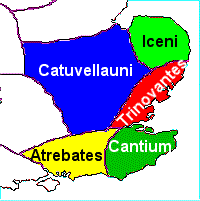
The Baltic Origins of Homer’s Epic Tales is an essay written by Felice Vinci, a nuclear engineer and amateur historian, published for the first time in 1995. Translated into several languages, the book submits a revolutionary idea about the Iliad and Odyssey’s geographical setting. Felice Vinci started reading Greek classics and learned about a passage from the De facie quae in orbe lunae apparet, by Plutarch, which points out the location of Ogygia. This island became the point of departure of Vinci’s theory.
According to his assumptions, the events told by Homer did not take place in the Mediterranean area, as the tradition asserts, but rather in the seas of Northern Europe, the Baltic Sea and Northern Atlantic. This theory has been widely considered (both in Italy, where the author has been invited to present it in some universities and high schools and the rest of the world) and has caused heated debate among the academic community.
According to Vinci, the Achaeans would have lived at the beginning of the 2nd millennium BCE on the coasts of the Baltic Sea and, towards the middle of the millennium, since the climate had become harder, they would have moved southward along the Dnepr, reaching the Black Sea and the Aegean Sea. The newcomers would have founded the Mycenaean cities (the most ancient Mycenaean graves are rich in amber, a typical Baltic product, whereas the latest ones are not). They would have named them with the names of their previous settlements in Scandinavia, although not precisely in correspondence of their location, because of the physical differences between the two areas.
During their migration, they would have brought their traditional oral tales, which were poetic sagas set in their original homeland. Therefore, the Trojan War would not have occurred around the 13th century BCE, as it is usually thought, but around the 18th century BCE. Then the poems would have been transcribed later, after 800 or 900 years of oral tradition.
In support of the theory, it is essential to remember that the Mycenaean’s are not considered an aboriginal population but are thought to have come to Greece around the 16th century BCE. Felice Vinci also reports the hypothesis formulated in the late 19th century by the Indian expert Bal Gangadhar Tilak, according to whom Indo-European populations would have lived around the Arctic Circle in the past. On the other hand, the so-called ‘Linear B’ documents appear to have been written in a language precursor to what later became Greek.
The main topic of Vinci’s hypothesis is the incongruence between the geography described by Homer and the conformation of the Mediterranean lands, already noticed by Strabo. The geographical descriptions provided by the Iliad and the Odyssey, on the contrary, perfectly adapt themselves to Northern Europe, and the incongruity regarding the Mediterranean localities would be due to the application of the old Scandinavian names. Furthermore, Homer’s description of climate would be more suitable for the Baltic regions.
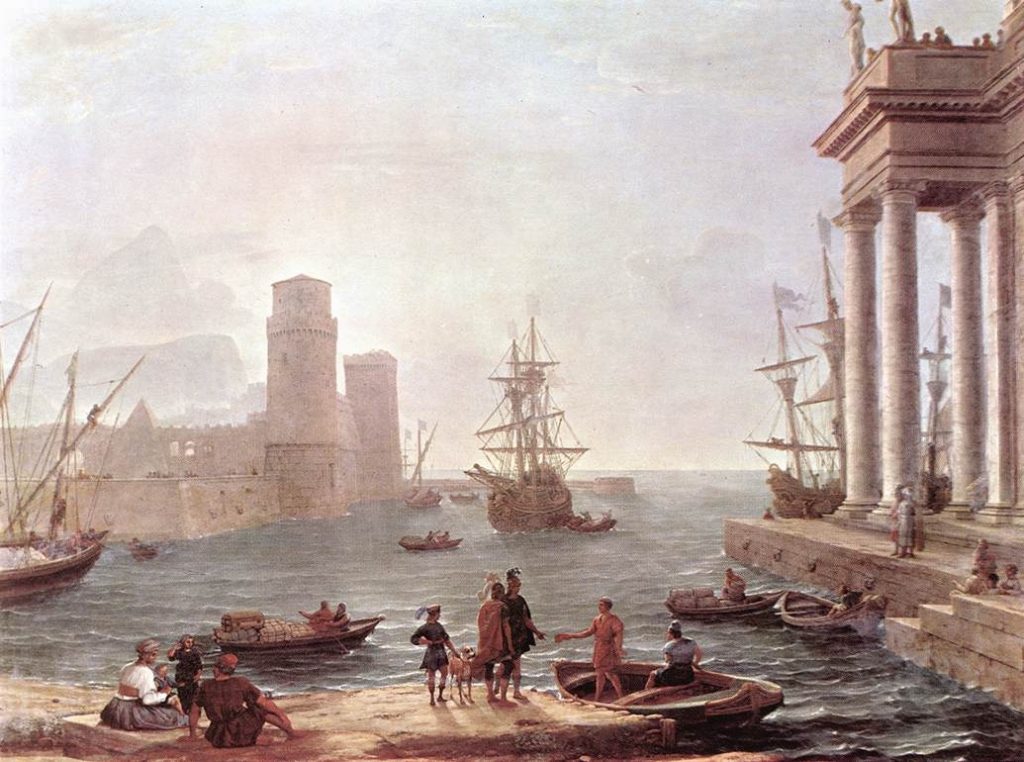
According to Vinci, Ulysses’ journey would have taken place along the coasts of Norway. After being held back in Ogygia (identified with one of the Faroe Islands, following Plutarch’s passage mentioned above), the Odyssey relates that, after seventeen days on the sea, Ulysses reached Scheria, home of the Phaiakians, described as a high rocky coast and densely wooded: this region, impossible to locate in the Mediterranean area, could be instead identified with the environs of Bergen, at the mouth of river Figgjo, where several Bronze Age objects have been founded (Scheria is never mentioned in the Odyssey as an island).
The new position would explain why Ulysses had noticed that the sea used to flow back into the river: this phenomenon is due to ocean tides and does not occur in the Mediterranean. Other places visited by Ulysses could be located on the Norwegian coasts, too: Circe’s island, Aeaea, and the areas she describes (the Sirens, Scylla and Charybdis) may be placed in the Lofoten archipelago, where tides on the ebb create the so-called maelstrom, corresponding with the Scylla whirlpool which swallowed up Ulysses’ ship and is described as forming three times a day, just like the maelstrom. In the end, Aeolus’s island would be located somewhere in the Shetland archipelago, where winds exceeding 200 km/h often blow.
Other Greek mythological tales are set in the same region. Among these is the Argonauts’ journey, who has reached Colchis sailing eastwards and arriving then at Aeaea, from where they came back to Greece going westwards. The identification of Colchis in the Black Sea and of Aeaea in the Tyrrhenian Sea would force to hypothesise for the Argonauts an improbable itinerary by ship in Continental Europe, along the rivers the Danube, Po and Rhone. The navigation would be instead the memory of an ancient counterclockwise circumnavigation of Scandinavia starting from the Baltic Sea, crossing Lapponia overland along the rivers which run through it and reaching Lofoten, where Aeaea was identified. According to what Circe tells Ulysses, Argonauts chose for their journey home the course passing through the Wanderers Rocks, which are to be identified with the narrow straits covered by the streams between the islands and the mainland.
Another reference to an ancient Nordic setting can be found, according to Vinci, in an assertion by Plato in his dialogue Critias, where the philosopher reminds him that Athens used to rise formerly in a flat fertile zone, not harsh and mountainous: this particular is presented in the book as a reference to the ancient Baltic Athens.
How is it possible that Troy was in Northern Europe?
The climate described by Homer is cold and stormy: mist and wind often appear, and storms are heavy. The characters are usually covered with thick cloaks and are never described as sweating because of the heat. Although in the period generally chosen to date the Trojan War (8th century BCE) the average temperature was lower than it is nowadays, the Homeric weather conditions are difficult to adapt to the Aegean area, especially considering that the events are likely to behave happened in summer, instead, this description would be perfect for the Prehistoric Baltic regions when temperatures in Northern Europe were by far higher than now: the drop in temperatures at a later time would have forced Achaeans to emigrate southwards.
Some passages of Iliad’s and Odysseys can be interpreted as describing typical Nordic phenomena. For example, in the great battle between Achaeans and Trojans, the linchpin of Iliad’s central books, the time of noon is quoted at two different moments; this wouldn’t be a mistake: the battle would have continued for two consecutive days, thanks to the midnight sun, which let the warriors carry on fighting. Other references to this phenomenon are the exceptional duration of the day among the Laestrygonians and Ulysses’ uncertainty when trying to find his way to Aeaea since he cannot figure out where the sun rises and where it sets.
In Homeric poems and among the Vikings, it is possible to find similar features regarding traditions, mythology and literature. The custom of assembling for a meeting, the majestic convivial banquets and the kind of exile imposed to unintentional homicide. Also, the Achaean ships would have in common with the Viking ones the dismountable mast, considered useful, especially in the Northern seas to avoid the formation of ice, and the double bow, which allowed oarsmen to travel backwards too (a reference to this aspect
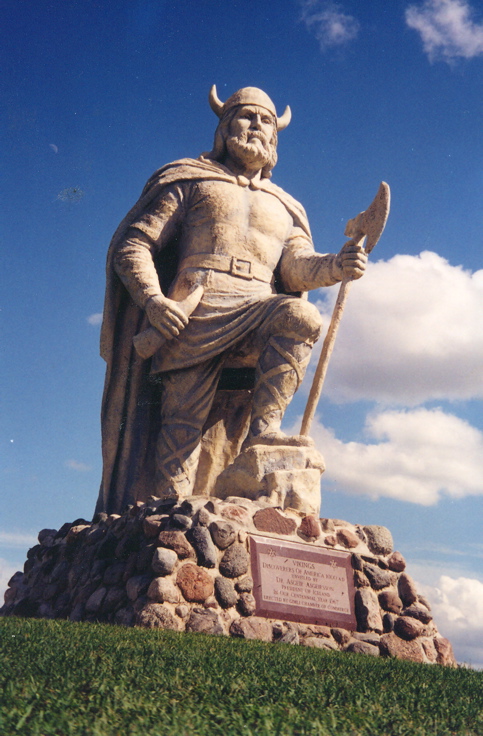
might be the Greek term meaning “curved on both sides,” frequently used by Homer; Tacitus describes the same feature concerning the Germans.)
Moreover, the Greek aoidos would be similar to the Old Norse skald, as Homer would often use a figure of speech known as kenning in Nordic literature. Also, some mythological figures would be similar in the two cultures (for example, Ulysses to the archer Ull in an Icelandic saga and Hamlet, the main character of an ancient Danish legend reported in Saxo Grammaticus’ Gesta Danorum), as well as many divinities: Aphrodite corresponds with Freyja, Ares with Thor, Zeus with Wotan and the Keres (who come down on the battlefield to take the souls of dead warriors, with the Valkyries).
Wilken’s – main points
• The Achaeans built 1186 ships to attack Troy; they could have travelled the short distance overland far quicker and cheaper if Troy had been in the Turkish setting.
• Odysseus claimed to have got home by travelling as a passenger on a ship going from Crete to Sidon (present-day Saïda in Lebanon), but that is the opposite direction he needed to go in the Mediterranean setting.
• Agamemnon tells us it took him a whole month to sail from his kingdom Argos to Ithaca; we know the trip takes less than 24 hours in the Mediterranean setting.
• The mythical location for Troy in Turkey is far too small to accommodate the invading army of about 100,000 men and the long pursuits in horse-drawn chariots.
• The extensively travelled Greek geographer Strabo who lived 2000 years ago (1200 years after the Trojan War), believed that some of the ports of call in the Odyssey should be found in the Atlantic because of the mention of tides that do not exist in the Mediterranean.
If Troy was not in the Mediterranean, was it in Britain or somewhere even more revolutionary?
Plato’s student, Aristotle, believed that ancient Troy and Atlantis were somehow connected. One of Aristotle’s students, Theophrastus (circa 330 B.C.), wrote that the Atlantis story was factual, as did the Syrian philosopher Poseidonios (circa 90 B.C.). Strabo, a Greek historian, writing in about 20 B.C., wrote a lengthy comparison between Troy and Atlantis’ geographical descriptions.
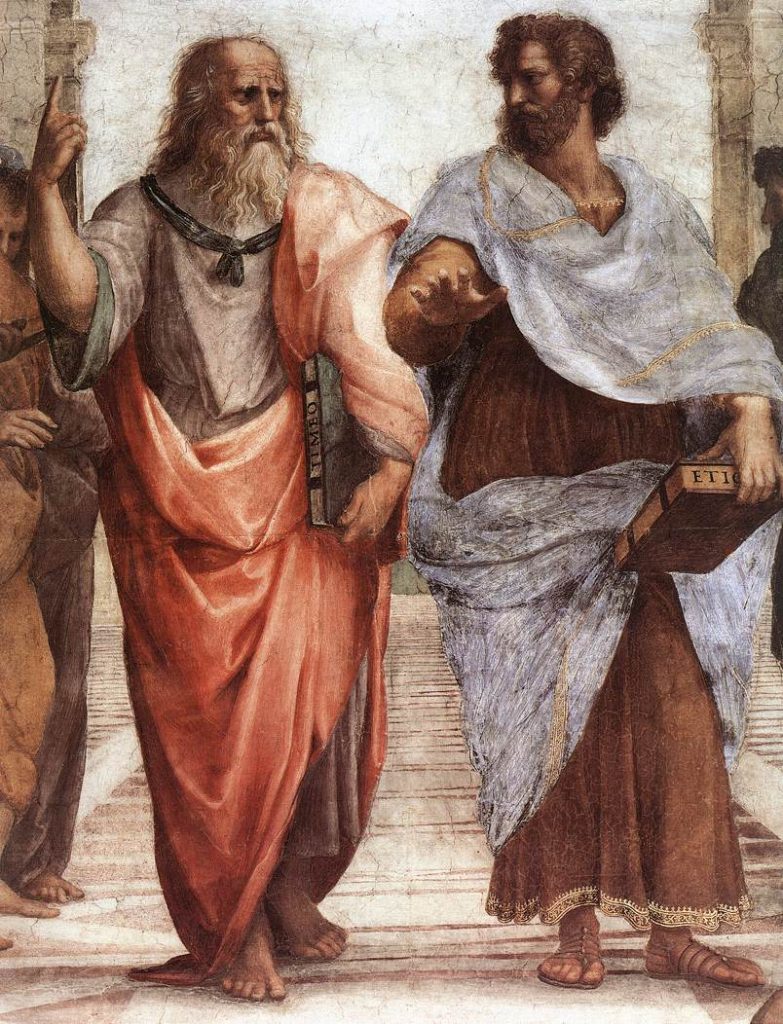
Plato has always been seen as the source of creditable information for he is not a ‘storyteller’ like some other historical writers; he is fundamentally a philosopher, whose writings are still studied even now, some 2,000 years after his death at the most famous and prestigious universities throughout the world. Moreover, this man is not prone to fantasy or exaggeration in his writings. Therefore, it must be accepted as true evidence that once in the distant past, a great ancient civilisation did exist and that they changed the course of mankind in ways that I believe we do not fully understand to date.
Consequently, we need to look at the probability that Plato’s ‘Atlantis’ is a genuine reference to this land, as it is the oldest written source and may give us clues of how this civilisation lived and traded. Fortunately for us Plato gave some detail about this civilisation, such as how they lived and what they believed, which will allow us to compare what we know; from landscape and archaeological finds and looks for other areas of investigation, the texts might reveal.
Plato’s most famous line from ‘Timaeus’, a dialogue between Critias and Socrates, where ‘Critias’ tells a story, he learned through his family, about the Greek statesman ‘Solon’, whilst he was studying with the most scholarly of Egyptian priests during a visit to Sais in Egypt in about 590BC. The priests claimed to have access to secret records about a lost civilisation called ‘Atlantis’, which only they were allowed to read, for it was written on the pillars within their most sacred temple. Now Sais was one of the oldest cities in the old kingdom, and the city’s patron goddess was ‘Neith’, whose cult is attested as early as the 1st Dynasty, ca. 3100- 3050 BCE.
The Greeks, such as Herodotus, Plato and Diodorus Siculus, identified her with Athena and postulated a primordial link to Athens. For example, Diodorus recounts that Athena built Sais ‘before’ the ‘deluge’ that supposedly destroyed Athens and Atlantis. While all Greek cities were destroyed during that cataclysm, the Egyptian cities, including Sais survived. As we can see from this connection, the deluge has incredible importance to ancient civilisations, clearly indicating that any prehistoric culture that wanted to ‘stay alive’ would possibly build boats, not for some, but everyone.
Sadly, the city of Sais has been recently destroyed by farmers who used the house and temple mud bricks as free fertiliser for the fields – to this date, the temple and its writings have never been found.
The most famous line from Plato’s dialogue is “in front of the mouth which you Greeks say ‘the pillars of Hercules’ there lay an island which is much larger than Libya and Asia together” translated by W.R.M. Lamb 1925 or “in front of the straits which are by you called the pillars of Hercules; the island was bigger than Libya and Asia together” B. Jowett 1871.
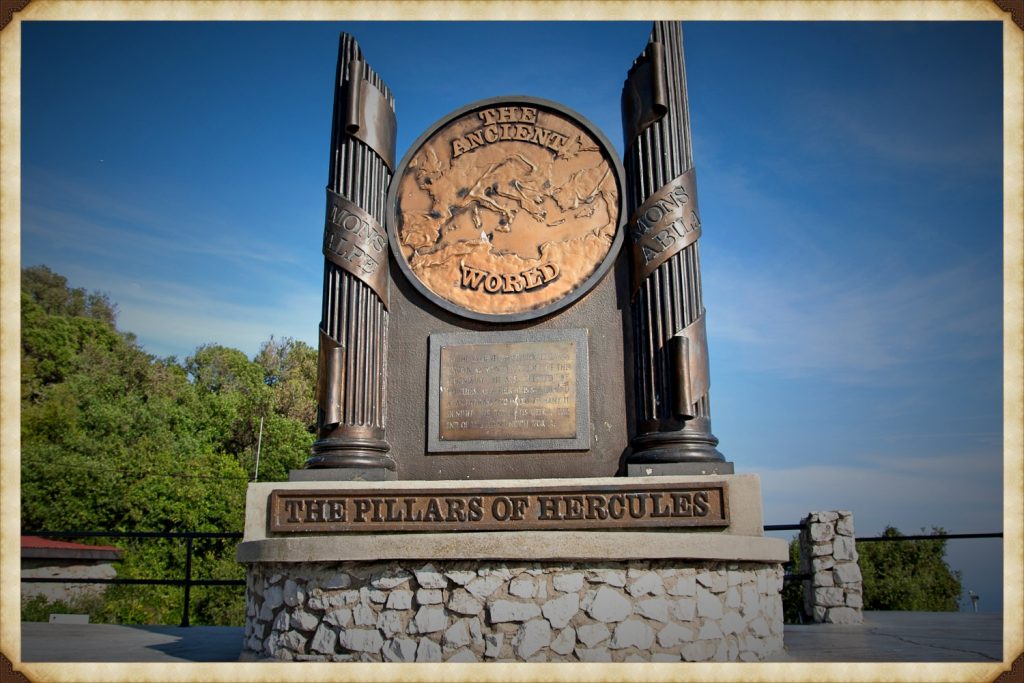
This single sentence has caused no end to the debate about the location of Atlantis. Some suggest that ‘the pillars’ can refer to water flows, thus allowing the speculation (which is current) that Atlantis is a Greek Island. Others suggest (including myself) that the ‘pillars of Hercules’ are the Mediterranean’s mouth between Morocco and Spain. Now, this is a case of translation and interpretation; the word ‘mouth’ is sometimes called ‘strait’, in other quotations, Plato refers to the Mediterranean Sea as “within the straits of Hercules.”
For more information about British Prehistory and other articles/books, go to our BLOG WEBSITE for daily updates or our VIDEO CHANNEL for interactive media and documentaries. The TRILOGY of books that ‘changed history’ can be found with chapter extracts at DAWN OF THE LOST CIVILISATION, THE STONEHENGE ENIGMA and THE POST-GLACIAL FLOODING HYPOTHESIS. Other associated books are also available such as 13 THINGS THAT DON’T MAKE SENSE IN HISTORY and other ‘short’ budget priced books can be found on our AUTHOR SITE. For active discussion on the findings of the TRILOGY and recent LiDAR investigations that is published on our WEBSITE you can join our FACEBOOK GROUP.

